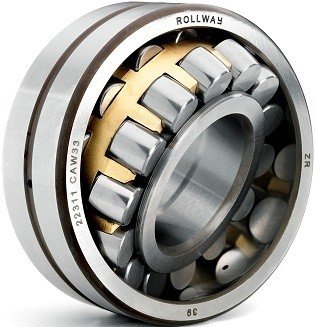Subjects:
- General
- Sliding bearing
- Deep groove ball bearing
- tapered roller bearing
- Angular Contact Bearing
- Cylinder bearing
- Needle roller bearing
- pivot bearing
- barrel bearing
General:
Bearings are used to lower the friction between two bodies. Bearings make it possible, for example, to allow a rotating shaft to rotate in a stationary housing, such as in a wheel bearing the case is.
There are two types of bearings; plain bearings and rolling bearings. The rolling bearings can be divided into six types. These are described in the following chapters.
Sliding bearing:
A plain bearing itself has no moving parts. This bearing is used, among other things, as a connecting rod bearing. The bearing slides along the moving parts and therefore requires external lubrication. In a crankshaft there are lubrication channels so that there is always a certain amount of oil between the bearing and the crankshaft. The frictional resistance is thus minimal. If there is a lack of lubrication, eg when driving without oil, there is direct damage to the plain bearing.
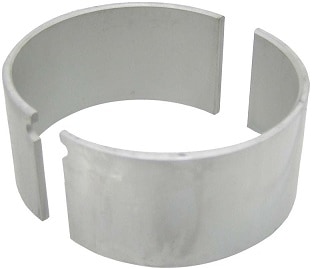
Deep groove ball bearing:
The deep groove ball bearing is one of the most commonly used type of rolling bearing, consisting of an inner and outer ring with balls in between. The balls are locked in by the grooves in the inner and outer rings. Deep groove ball bearings are suitable for high rotational speeds and require little maintenance.
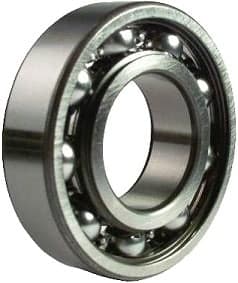
Tapered Roller Bearing:
Cone (roller) bearings have an inner and outer ring with a cage with cone rollers in between. The tapered roller bearings are used to absorb axial loads. The advantage of the conical rollers is that they have a larger surface area. This allows greater forces to be absorbed. This type of bearing is used, among other things, in the gearbox as a drive shaft bearing or as a wheel bearing in cars fitted with drum brakes.
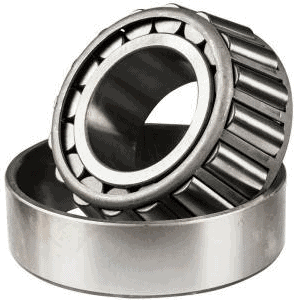
Angular Contact Bearing:
An angular contact bearing can withstand radial forces well, but axial forces in only one direction. The raceways of the inner and outer rings are offset from each other, forming a contact angle. The angle determines the direction in which the axial forces can be absorbed. The ball bearings are then in principle pressed “more against the outer ring” under axial load. This type of bearing can be equipped with one or two rows of ball bearings. In the picture below, the bearing is equipped with one row of ball bearings.
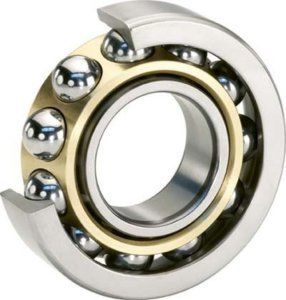
cylinder bearing:
The cylindrical roller bearing consists of an inner and outer ring with cylindrical rollers in a cage in between. A cylindrical roller bearing can only absorb radial forces. Due to the cylindrical shape, the bearing can also absorb bumping movements well.
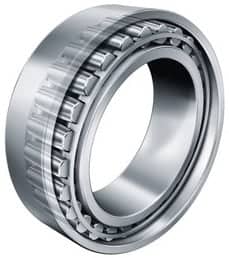
Needle bearing:
The needle bearing consists of a cage with a large number of needle rollers. Due to the small diameter of a needle roller, needle bearings can be used in small installation spaces. Other advantages of the needle bearing include a large load capacity, suitable for high speeds and easy mounting.
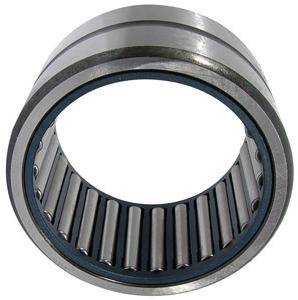
pivot bearing:
The pivot bearing can only absorb axial forces. The bearing consists of rings with raceways. The lower ring may be mounted on a shaft and the upper one on the housing. The pivot is often referred to as thrust bearing applied to the clutch of a car.
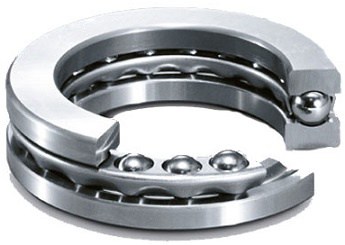
Barrel bearing:
The spherical roller bearing is suitable for taking very heavy radial loads and allowing for angles of the shaft. The barrel rollers align themselves in the outer raceway. The spherical roller bearing also has a lubrication groove and various lubrication holes to press grease into the bearing during maintenance.
